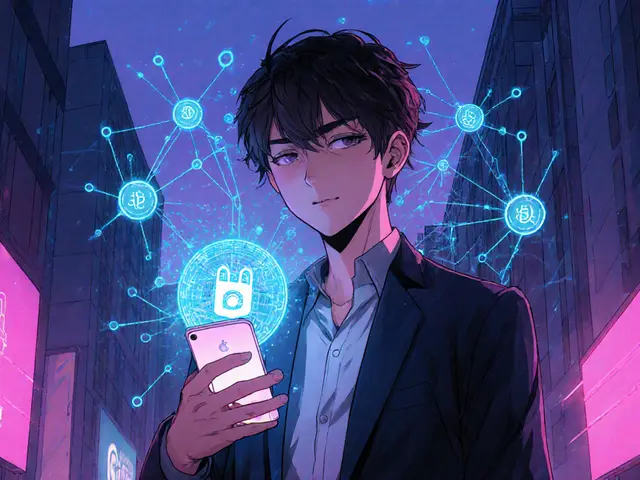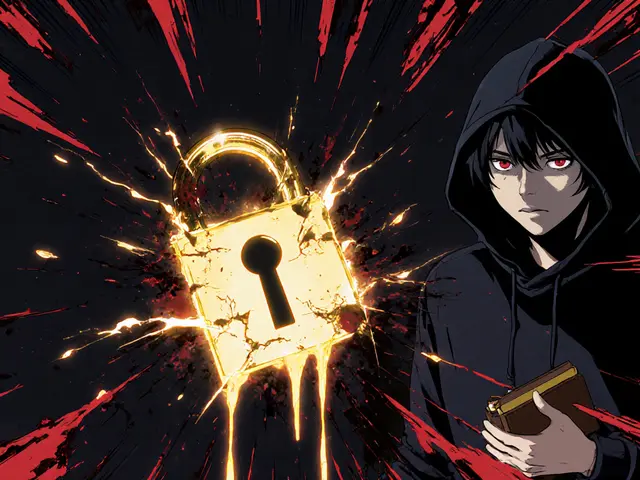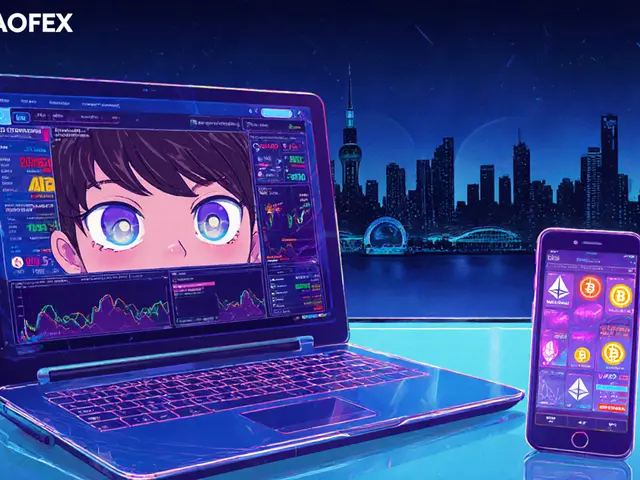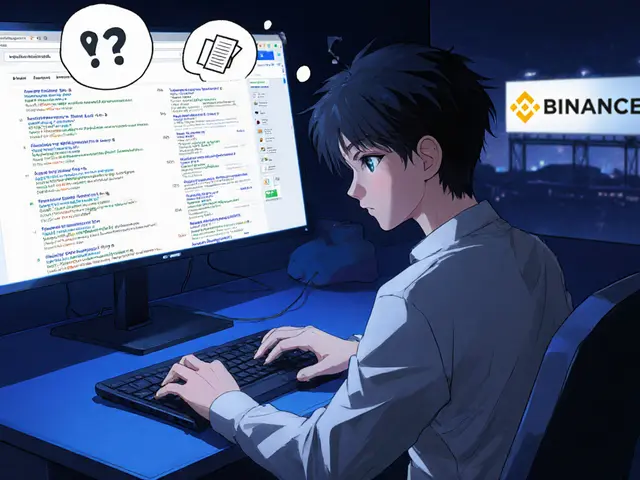Streaming Rights NFTs: What They Are and How They Work
When you buy a streaming rights NFT, a digital token that proves ownership of the right to earn revenue from a piece of media streamed online. Also known as royalty-bearing NFTs, it gives you a share of future income whenever that content plays on platforms like YouTube, Spotify, or new decentralized streaming services. This isn’t just about owning a piece of art—it’s about owning a slice of the revenue stream.
These NFTs connect directly to blockchain entertainment, a growing sector where creators use smart contracts to automate payments and track usage across global platforms. Think of it like a digital royalty agreement written in code. Every time someone streams the song, video, or podcast linked to the NFT, the contract automatically sends a cut to the owner. No middlemen. No delayed checks. No hidden fees. This system is already being tested by indie musicians, YouTubers, and small film studios who want to bypass traditional distributors.
Related to this are NFT licensing, the legal framework that defines how and where the content tied to the NFT can be used. Not all streaming rights NFTs are the same. Some grant full commercial rights; others only allow non-commercial playback. Some expire after a set number of streams. Others give holders voting power over future updates to the content. Understanding these differences is key—because owning the NFT doesn’t always mean you own the copyright.
And it’s not just about creators. Collectors are getting into this too. Some buy streaming rights NFTs like stocks—not to use the content, but to profit when the underlying media gains popularity. A viral TikTok video, a rare live concert recording, or even a meme turned into a song can suddenly become valuable if its streaming rights are tied to an NFT. That’s why you’ll see people tracking which NFTs are linked to content with rising views, not just which ones have flashy artwork.
There are risks, of course. If the platform hosting the stream shuts down, the royalty payments might stop. If the smart contract has a bug, money could get stuck. And if the original creator didn’t own the rights to the content in the first place, your NFT could be worthless. That’s why most serious buyers check the provenance, the terms, and the track record of the issuer before buying.
What you’ll find below are real examples of how streaming rights NFTs are being used today—some successful, some failed. You’ll see which platforms are making this work, which creators are earning real income, and which projects are just hype with no payout. No fluff. No guesses. Just what’s actually happening in the space right now.
Streaming rights as NFTs let creators sell verifiable access to content with automatic royalties. It’s not replacing Spotify, but it’s giving artists direct control and fair pay-no middlemen, no delays.
Read More





